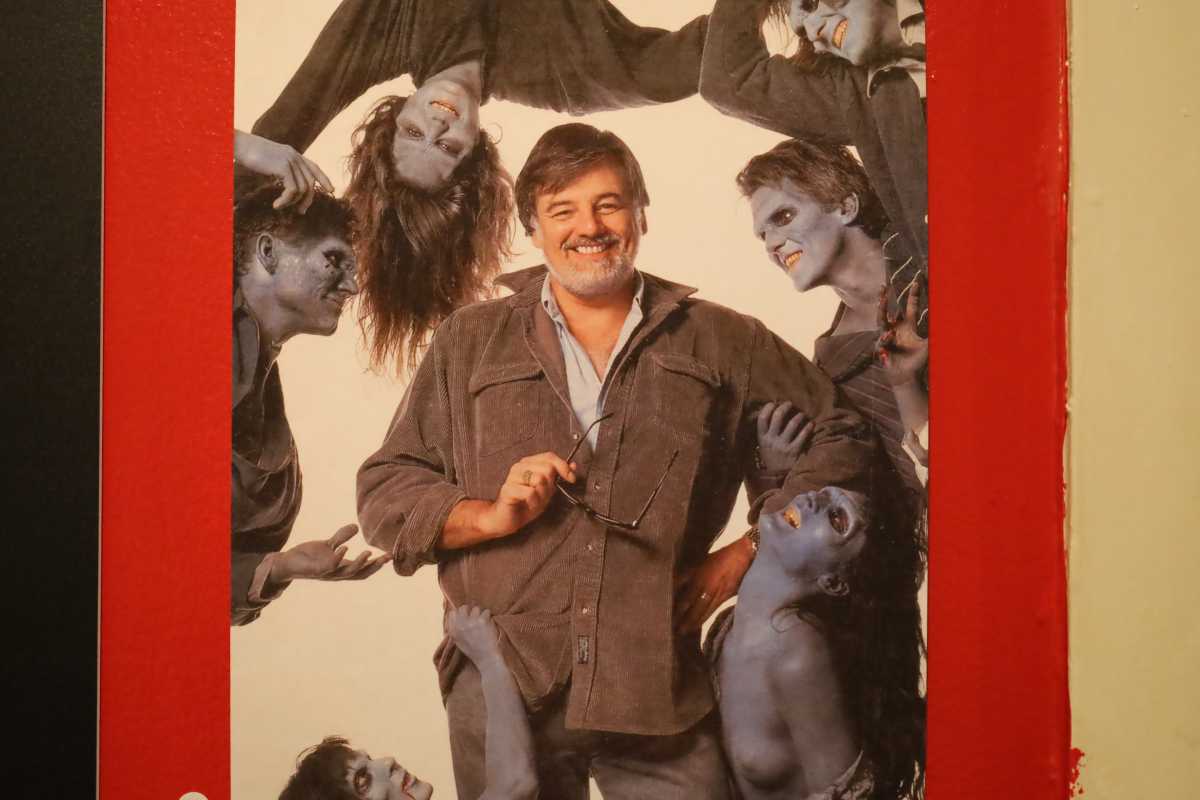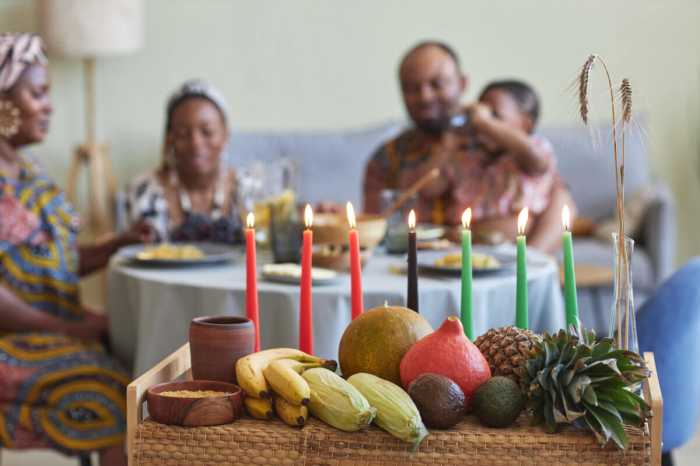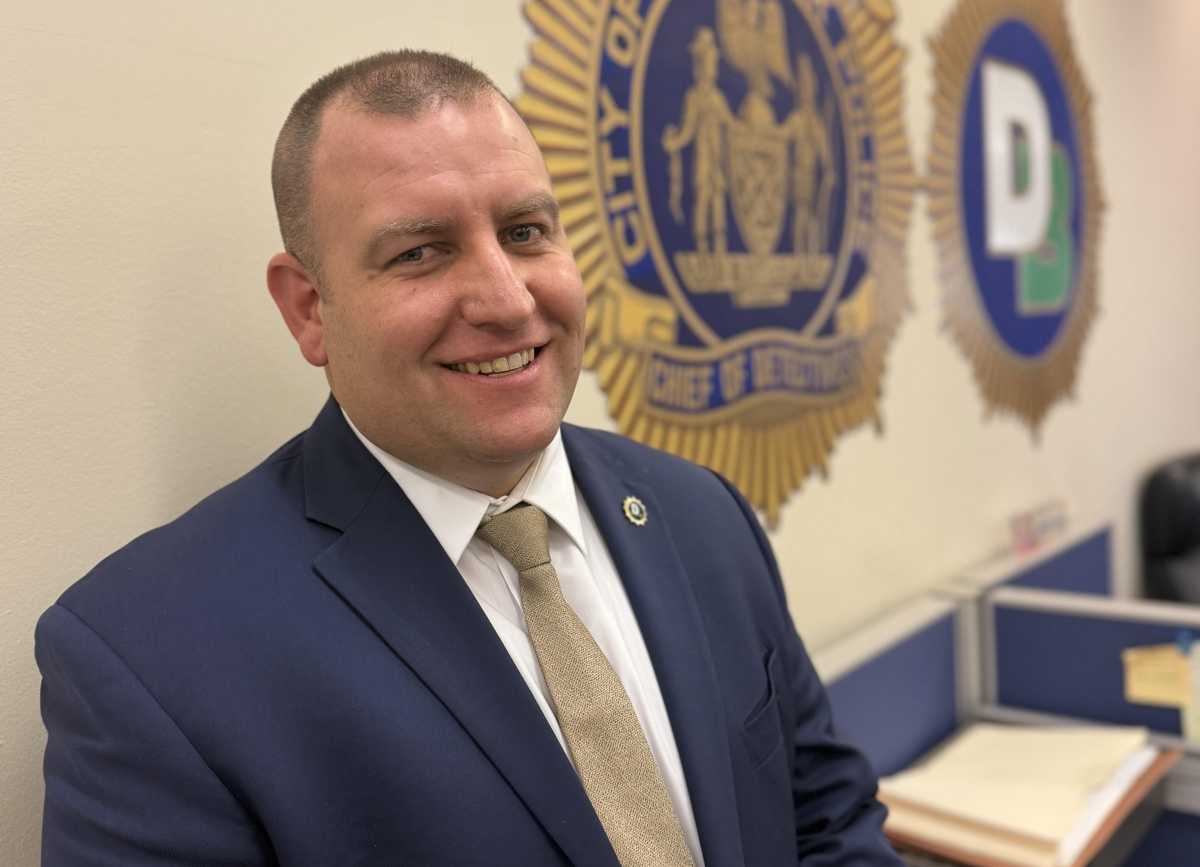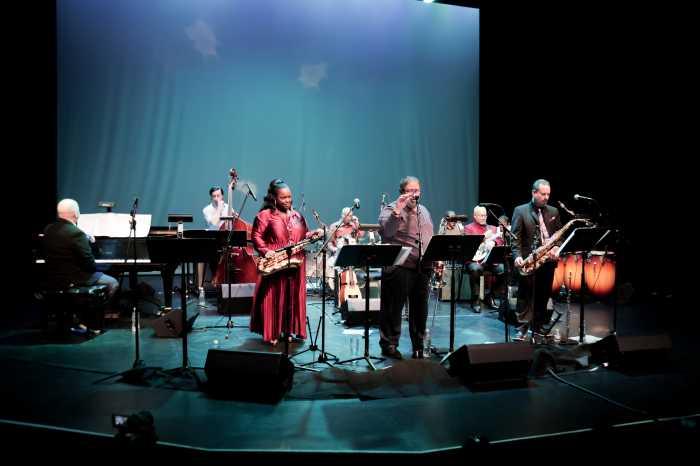When presented with the image of slow and discombobulated individuals, dragging their feet and with a hunger for human flesh, many may instantaneously think of zombies, but without George A. Romero’s 1968 masterpiece, “Night of the Living Dead,” perhaps this ubiquitous concept would have never existed. A new exhibit is educating people on Romero, “father of zombies.”
Co-curated by Steven Payne, director of the Bronx County Historical Society which produced the exhibit; Edwin Pagan, renowned cinematographer, photographer and founder of Latin Horror and Elena Martinez, co-artistic director of the Bronx Music Heritage Center, “Stay Scared” opened on Halloween night.
Replete with family photos, movie props, posters and other memorabilia, the exhibit spans Romero’s life from childhood to Hollywood icon and is spread across three venues — The Museum of Bronx History, the Edgar Allan Poe Cottage and the Bronx Music Hall.
With the exception of Victor Halperin’s “White Zombie” (1932) centered in Haiti and revolving around voodoo, it was Romero’s “Night of the Living Dead” and his following films that cemented the zombie genre. But Romero didn’t subscribe to the zombie moniker.
“In ‘ Night of the Living Dead’ there’s really only one occurrence of the word zombie and it says zombie-like to describe a movement, but he thought of them as ghouls,” Payne told the Bronx Times.
While searching through the archives, Payne found Romero was inspired by E.C. Comics and Richard Matheson’s 1954 novel, “I Am Legend.”


Romero was born in NYC in 1940, presumably in the Bronx, (no birth certificate could be found) to a Spanish father and Lithuanian mother. He attended St. Helena’s High School for Boys in Castle Hill, now Monsignor Scanlan High School.
Under his yearbook photo, which is on display at the museum, the caption read that he wanted to be a dentist. If only he could see what the future would hold.
In addition to the pop culture of his era, Romero’s early influences included his uncle, Monroe Yudell, who dragged the little 11-year-old to see the 1951 comedic opera film, “Tales of Hoffman.”
Romero, impressed by the production value quickly caught the movie-making bug. His uncle lent him a camera and at 14, Romero produced a short film titled, “The Man from the Meteor.”
As part of the production, Romero threw a flaming dummy off the roof of his building. This horrified residents and police were called. The issue was dismissed, but the lore carried on and last year, the intersection of Metropolitan Oval and Metropolitan Avenue, near his childhood home in Parkchester, was co-named George A. Romero Way.
“What’s so special about the ‘Stay Scared’ exhibit is that it peels back the myth and shows us the man, the kid from the Bronx who watched old monster movies on a tiny TV and thought, ‘I can totally do that,’” City Councilwoman Amanda Farias said at the opening.
Farias, who represents district 18 (Soundview, Parkchester and Castle Hill) was instrumental to the street co-naming. “This exhibit brings to light the storyteller who proved that sometimes the scariest thing of all isn’t the monster. It’s the truth.”
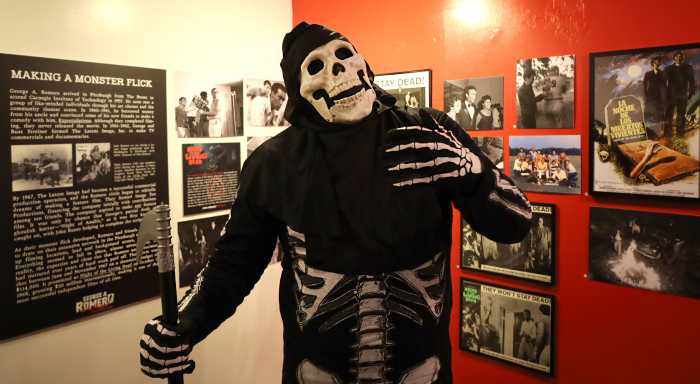

Many cinephiles believed that Romero’s movies were steeped in social commentary and reflective of the issues of the time. Pagan, who has been a fan since he was a teenager, began pushing for Romero to be submitted into the Bronx Walk of Fame since 2015.
“[His movies] document the zeitgeist of the time more than any other genre,” he said. “I got to hear him speak here in the city, I think it was 2005 and he was talking about how people always ask him, what was the symbolization of the zombies? And he said, ‘well, it’s about the man and the government oppression.’”
This can be deduced by the White, male ghouls dressed in suits in “Night of the Living Dead,” attacking the living protagonists — most notably a white woman and a Black man. When the movie released, America was smack-dab in the Second Wave Feminist Movement and at the tail-end of the Civil Rights Movement.
Others commented that the mall setting of his 1985 film, “Dawn of the Dead” (1985) was a satire on the insatiably obsessive consumerist culture of Americans.

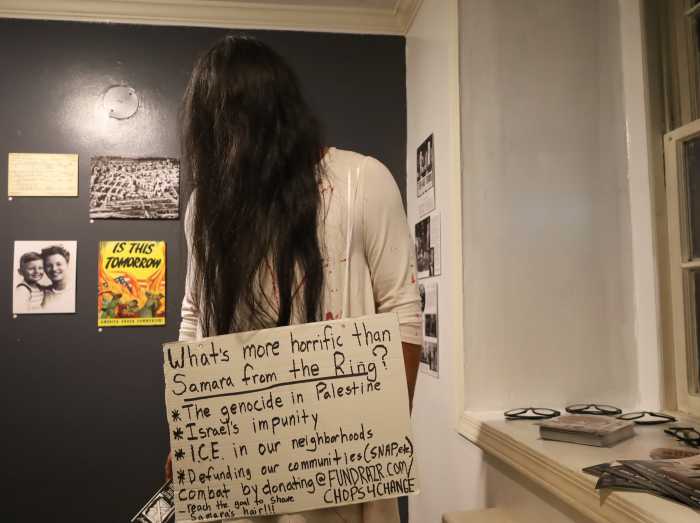
Romero attended Carnegie Institute of Technology in Pittsburgh, now Carnegie Mellon, where he met like-minded individuals who formed the cast of his iconic film, originally titled, “Night of Anubis.” After the success of the 1968 “zombie” flick, Romero continued with his trope of the undead with his last movie, “Survival of the Dead” released in 2009. He had executive producer credit on others after, but never directed again.
Romero’s oeuvre inspired the modern-day cult-following of zombies and helped usher in TV shows like “The Walking Dead,” movies like “Shawn of the Dead,” (2004,) and video games like “Resident Evil.”
Romero died in 2017 at the age of 77 after a long battle with lung cancer, but not before passing on his love of filmmaking to his daughter, Tina Romero, a director in her own right and vice president of the George A. Romero Foundation.
With the help of the foundation, the Bronx Music Heritage Center, Image 10 Inc., the University of Pittsburgh Archives and its Horror Studies Center, the exhibit runs through June 21 and although Halloween is over, visitors can still “Stay Scared.”

Reach ET Rodriguez at etrodriguez317@gmail.com. For more coverage, subscribe to our newsletter and follow us on Twitter, Facebook and Instagram!

